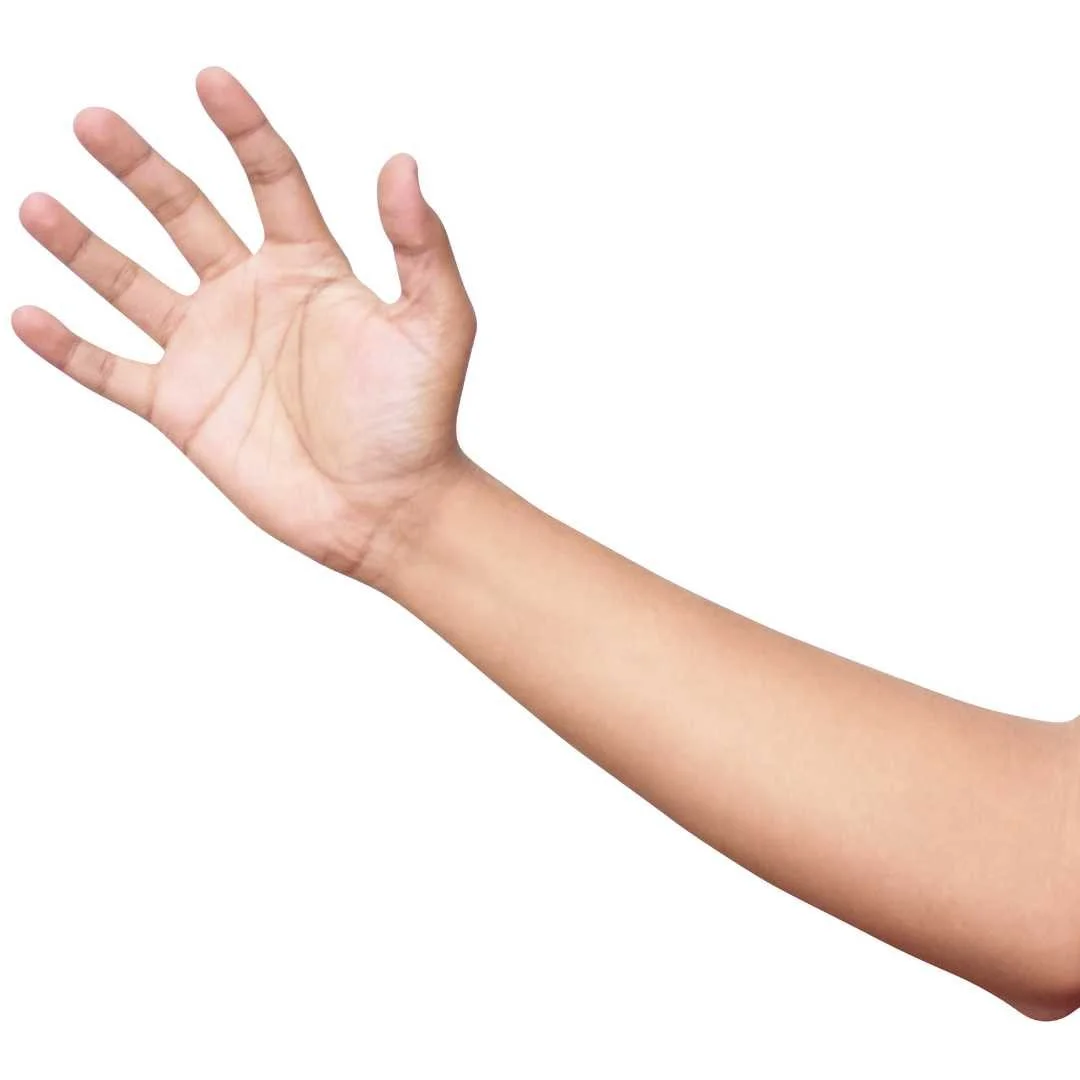Muscle Breakdown: Flexor Carpi Radialis
Table of Contents
What Is the Flexor Carpi Radialis
There are many muscles in the anterior forearm, and the Flexor Carpi Radialis is one of them! Along with the Pronator Teres, Flexor Digitorum Superficialis, Palmaris Longus and Flexor Carpi Ulnaris, the Flexor Carpi Radials helps to flex the hand. This long muscle is superficial in the forearm and can be visually seen during flexion of the wrist.
Flexor Carpi Radialis Function
The primary function that the Flexor Carpi Radialis is responsible for is flexion of the wrist and hand, it is right in the name!
The Flexor Carpi Radialis also helps the wrist to perform abduction.
Flexor Carpi Radialis Origin and Insertion
Flexor Carpi Radialis Origin
The Flexor Carpi Radialis originates from the Medial Epicondyle of the Humerus. This is the inside of your elbow.
Flexor Carpi Radialis Insertion
The Flexor Carpi Radialis Inserts into the base of the second and third metacarpals. These bones are located in the hand.
Flexor Carpi Radialis Pain
Flexor Carpi Radialis pain can be the result of many injuries. For instance, you can experience pain in the muscle tendon from arthritis, tendinopathy, trigger points and simply overuse of the muscle. If you are experiencing pain in your Flexor Carpi Radialis, it is best to seek the advice of a healthcare professional immediately so they can provide you with alternatives to reduce your pain, (such as different ways to perform a movement) or diagnose an injury.
Flexor Carpi Radialis Tendon
The Flexor Carpi Radialis Tendon is very visible as it inserts through the wrist onto the metacarpals. It is uncommon to rupture the Flexor Carpi Radialis Tendon, although it is possible In Rheumatoid Arthritis patients.
Flexor Carpi Radialis Action
Many everyday activities such as writing and brushing our hair require flexion of the wrist. When we lift an object, throw a ball and even stir a pot, we also flex the wrist. As you can tell, the Flexor Carpi Radialis is involved in many important actions in our everyday lives! Injury to this muscle can result in great disability in our lives, especially if our dominant hand is injured.
Flexor Carpi Radialis Innervation
The Flexor Carpi Radialis is innervated by the Median Nerve.
Flexor Carpi Radialis Exercises
We can stretch the Flexor Carpi Radialis by extending our affected arm out in front of the body. Your fingers will be pointed downwards and your palm facing away from the body. Use your inactive hand to grasp your fingers and gently pull them towards the body. Adducting the wrist will help you to achieve a deeper stretch.
You can also extend your affected arm so that the wrist is in line with the shoulder. Place your palm flat on a wall and twist your wrist so that your fingers are pointed slightly forwards. Hold this position for 30 seconds.
To strengthen the Flexor Carpi Radials, place your hand on a table so that your thumb is on top and your pinky is in contact with the surface. Use your free hand to resist the abduction of your hand for five seconds. Repeat this at least 10 times to help strengthen the Flexor Carpi Radialis.
Flexor Carpi Radialis Tenosynovitis
Tenosynovitis is when a tendon becomes inflamed and irritated. This can be the result of repetitive motions or injury. Golfers or those who play racquet sports can be more susceptible to tendonitis due to the repetitive flexing of the wrist.
Symptoms include swelling, pain and tenderness. It is diagnosed through a physical exam, and MRI or ultrasound if needed. Treatment is generally conservative including anti-inflammatories, rest, ice and heat. In some cases, a corticosteroid can be injected to help reduce inflammation. In the most severe cases, surgery may be required to removed areas of calcified tendon.
To prevent Tenosynovitis, remember to take breaks and properly perform various movements (i.e. when lifting weights or shooting a ball). Proper techniques can help to reduce pain and prevent injury.



